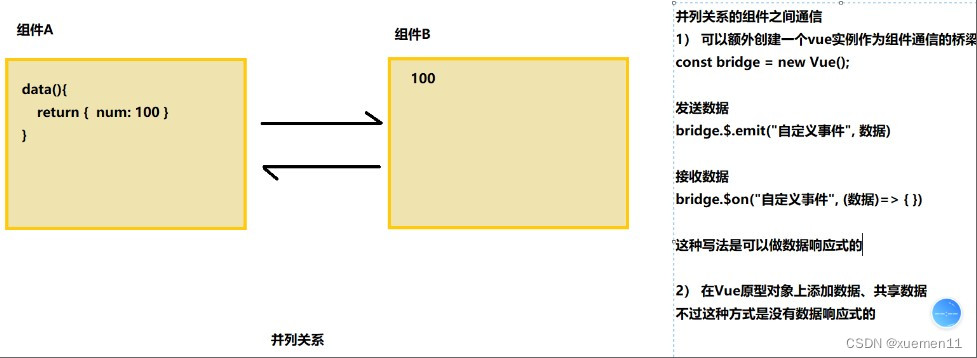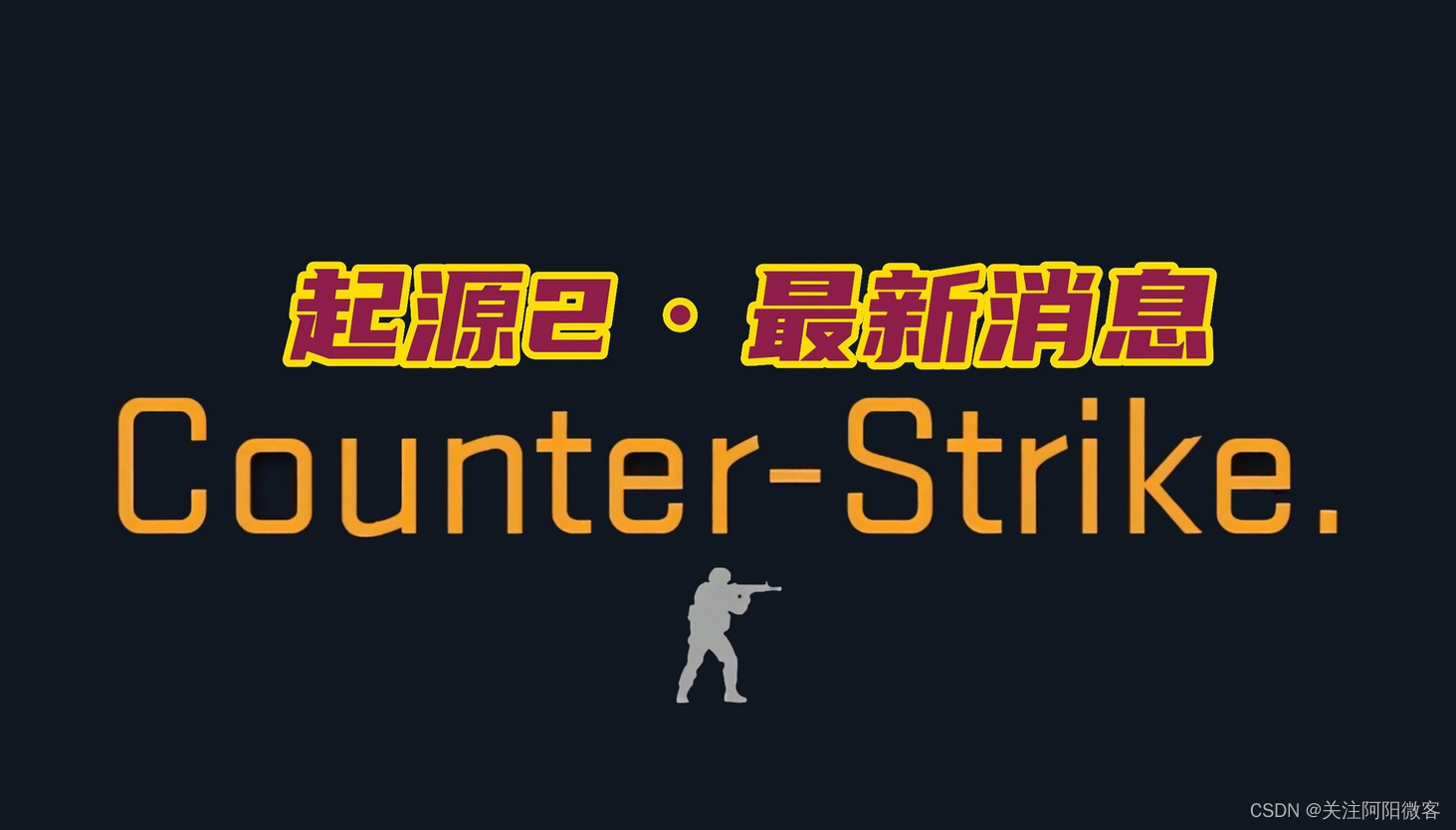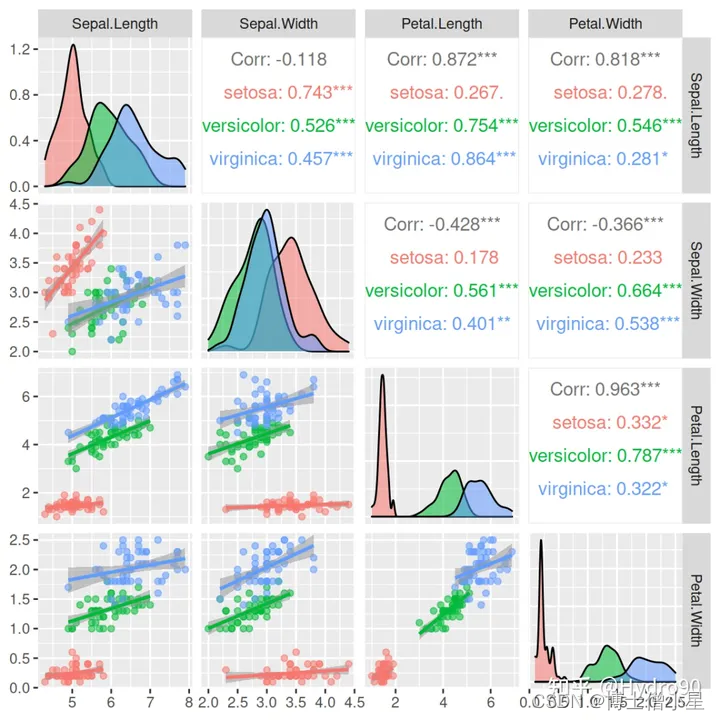命令模式是一种行为型设计模式,它将请求或操作封装成一个对象,从而允许客户端参数化操作。这意味着客户端将一个请求封装为一个对象,这样可以将请求的参数化、队列化和记录日志,以及支持可撤销的操作。
命令模式主要由以下几个角色组成:
- 命令(Command):声明执行操作的接口,通常包含一个执行方法
execute()。 - 具体命令(Concrete Command):实现命令接口,具体定义了执行操作的方法。
- 调用者(Invoker):负责调用命令对象执行请求的对象。
- 接收者(Receiver):知道如何执行命令相关的操作,实现了实际的行为。
#include <iostream>
#include <string>
#include <vector>
// 命令接口
class Command {
public:
virtual ~Command() {}
virtual void execute() = 0;
};
// 具体命令:打开文件命令
class OpenFileCommand : public Command {
private:
std::string filename_;
public:
OpenFileCommand(const std::string& filename) : filename_(filename) {}
void execute() override {
std::cout << "Opening file: " << filename_ << std::endl;
// 实际打开文件的操作
}
};
// 具体命令:关闭文件命令
class CloseFileCommand : public Command {
private:
std::string filename_;
public:
CloseFileCommand(const std::string& filename) : filename_(filename) {}
void execute() override {
std::cout << "Closing file: " << filename_ << std::endl;
// 实际关闭文件的操作
}
};
// 调用者
class Invoker {
private:
std::vector<Command*> commands_;
public:
void addCommand(Command* command) {
commands_.push_back(command);
}
void executeCommands() {
for (Command* command : commands_) {
command->execute();
}
}
};
int main() {
// 创建具体命令对象
OpenFileCommand openFile("example.txt");
CloseFileCommand closeFile("example.txt");
// 创建调用者对象
Invoker invoker;
// 添加命令到调用者
invoker.addCommand(&openFile);
invoker.addCommand(&closeFile);
// 执行命令
invoker.executeCommands();
return 0;
}
/*
在这个示例中,Command 是命令接口,声明了一个 execute() 方法用于执行命令。
OpenFileCommand 和 CloseFileCommand 是具体命令,分别表示打开文件和关闭文件的操作。
Invoker 是调用者,负责调用命令对象执行请求。在 main() 函数中,我们创建了具体命令对象,
并将它们添加到调用者中,最后执行了命令。
*/觉得有帮助的话,打赏一下呗。。



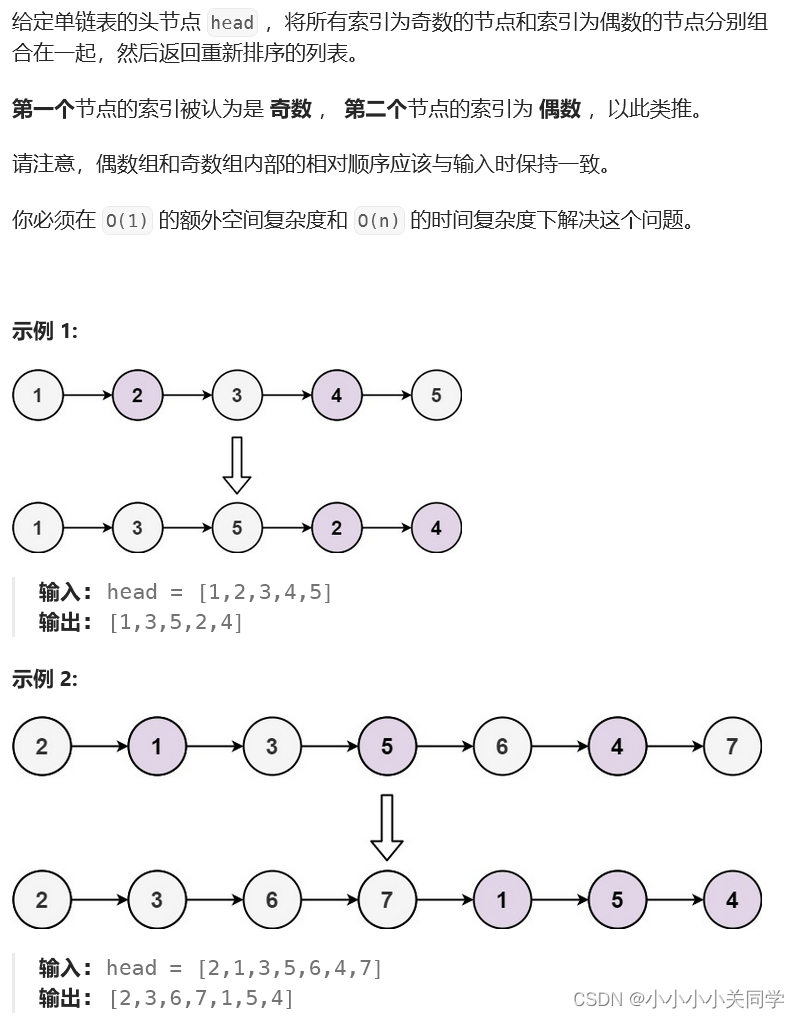

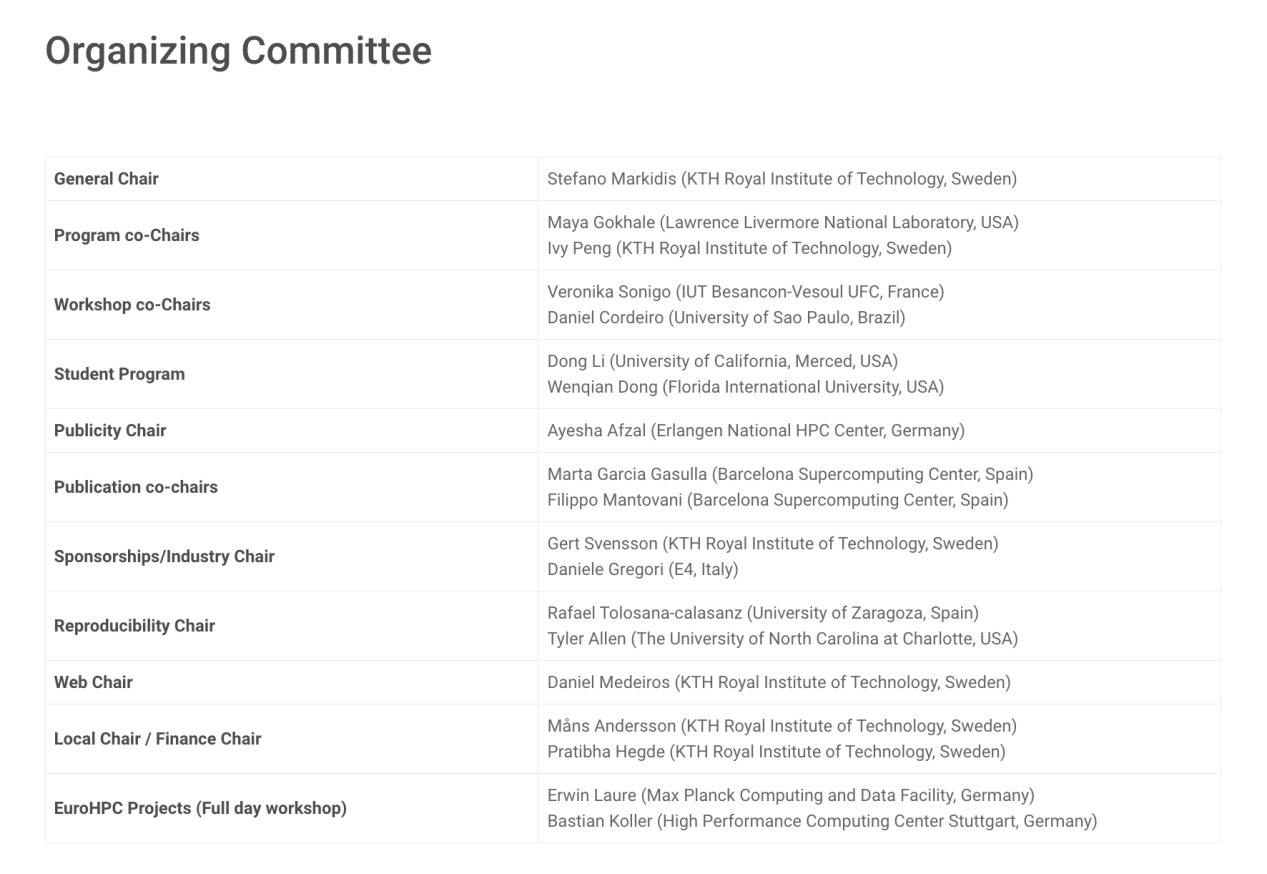




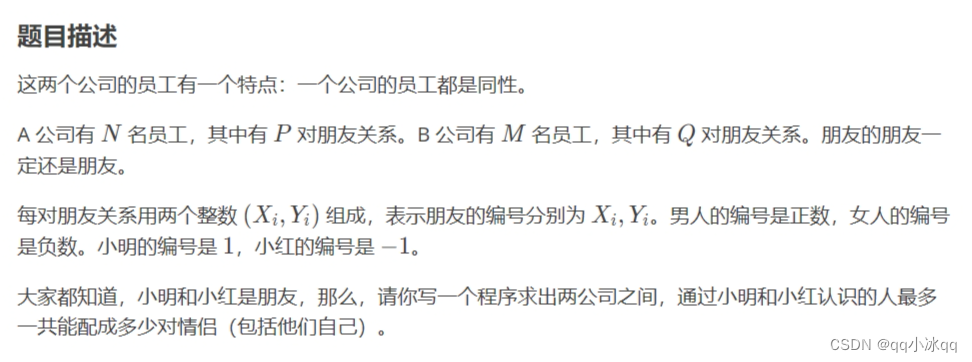





![[大模型]基于 ChatGLM3 和 LangChain 搭建知识库助手](https://img-blog.csdnimg.cn/direct/26eda7ba0b6d4e3f837ebc84aaf01844.png#pic_center)

